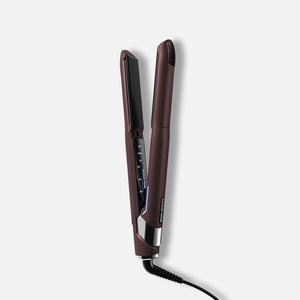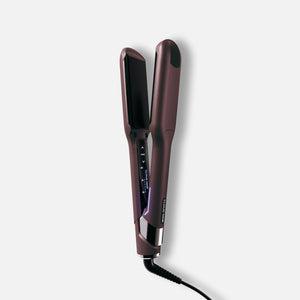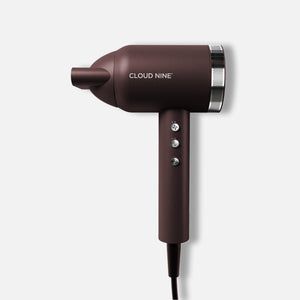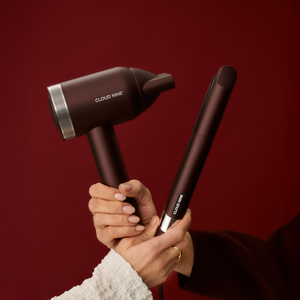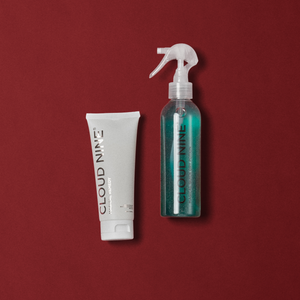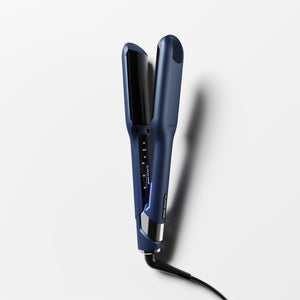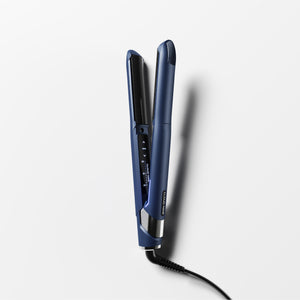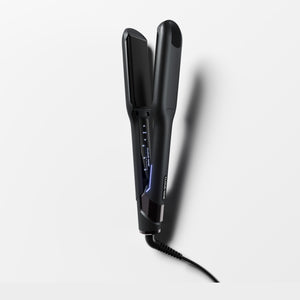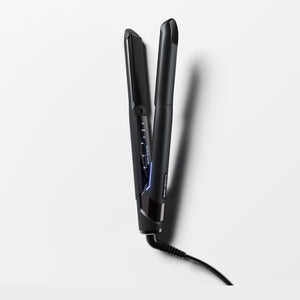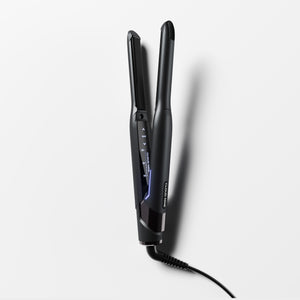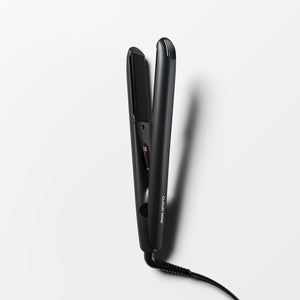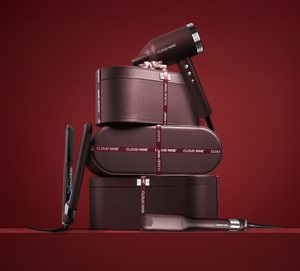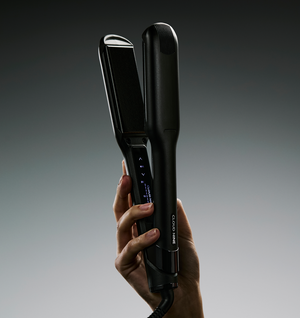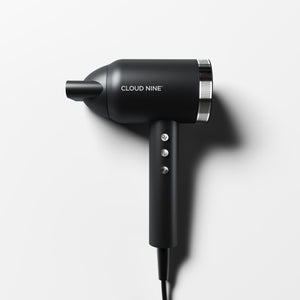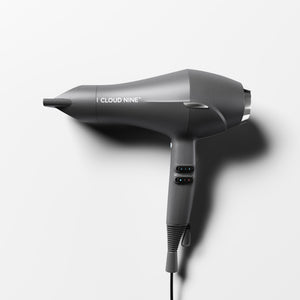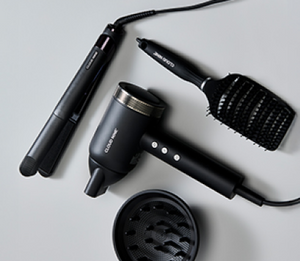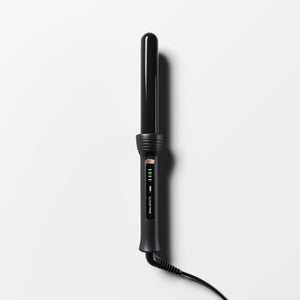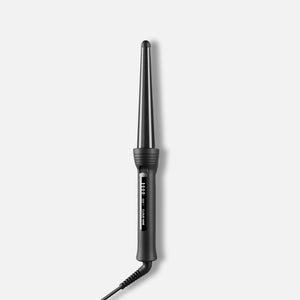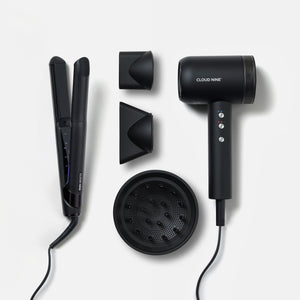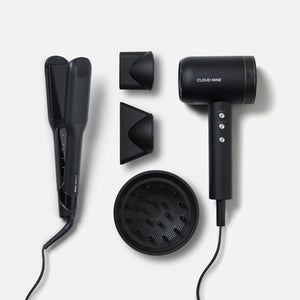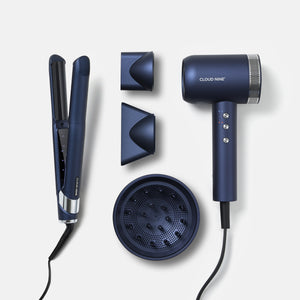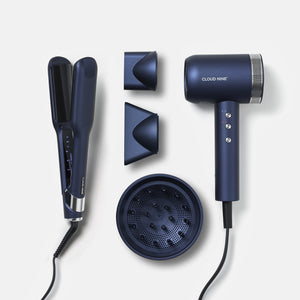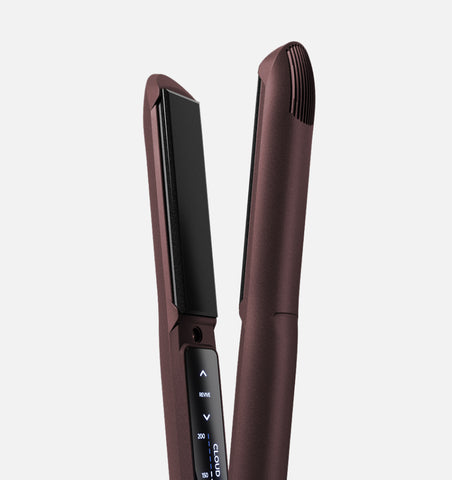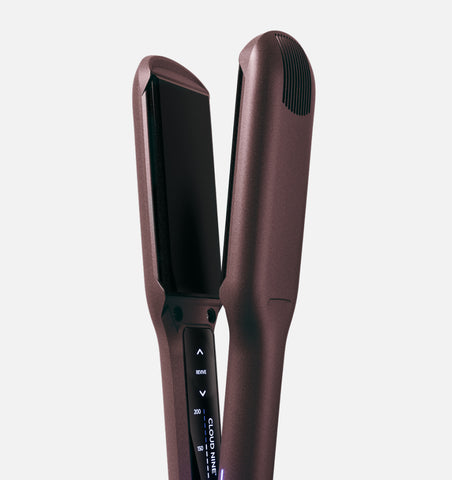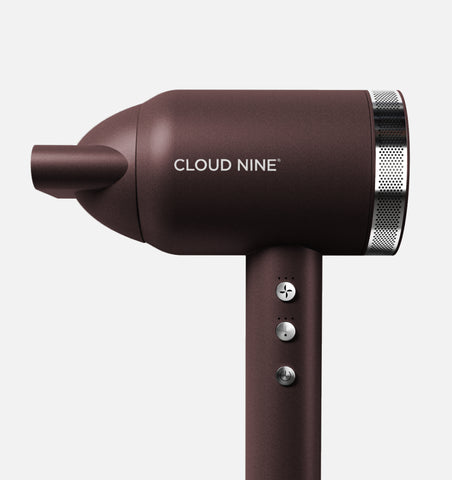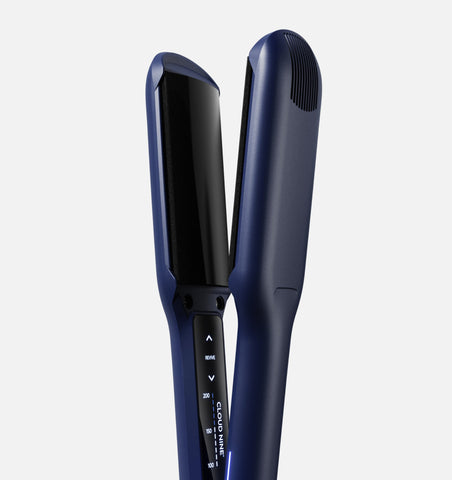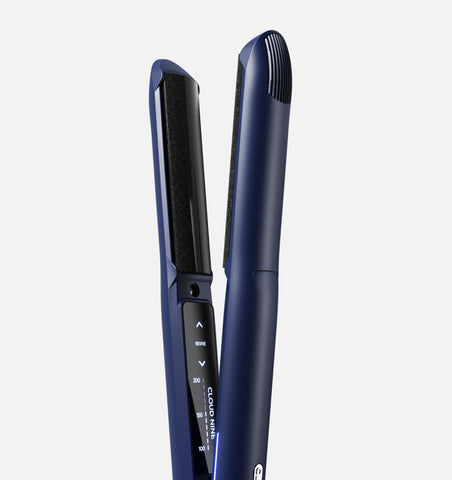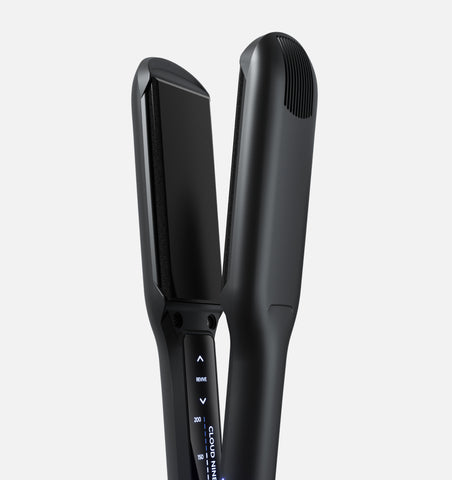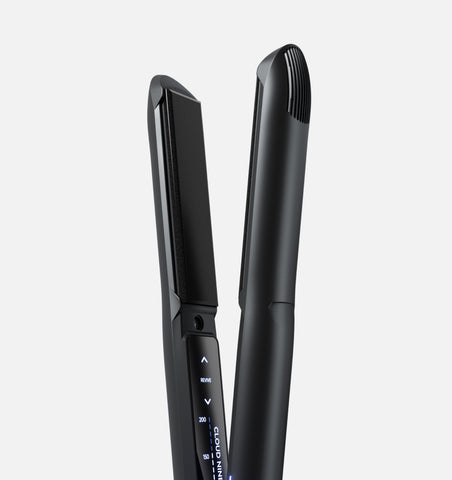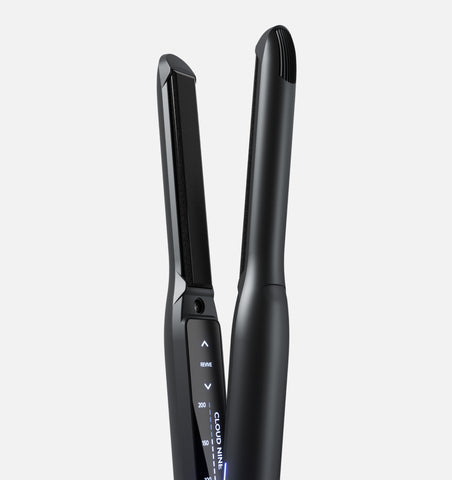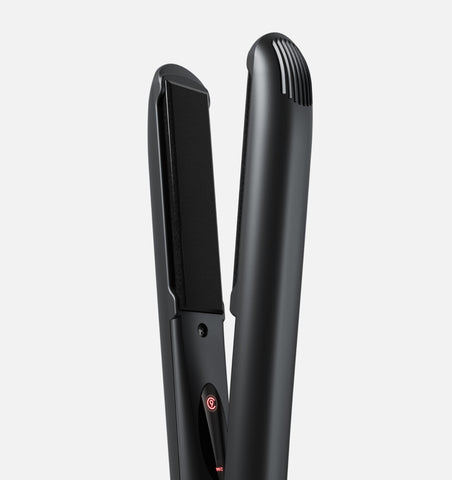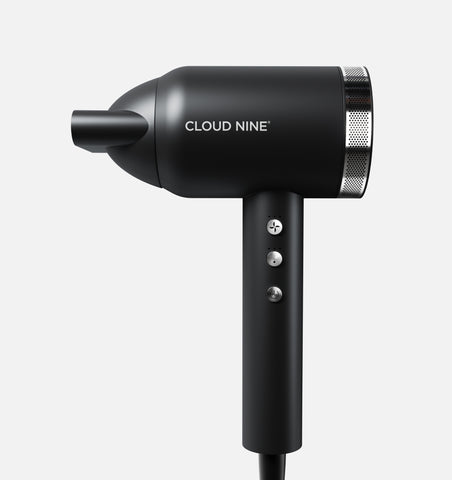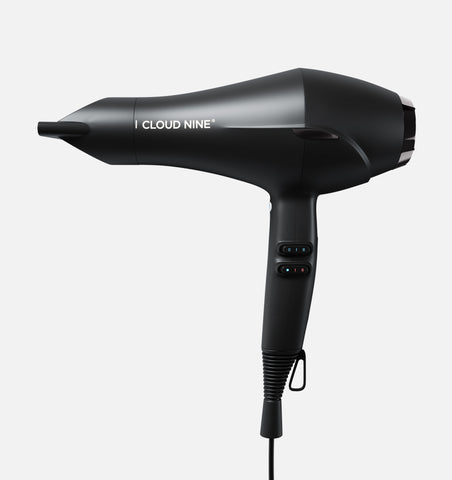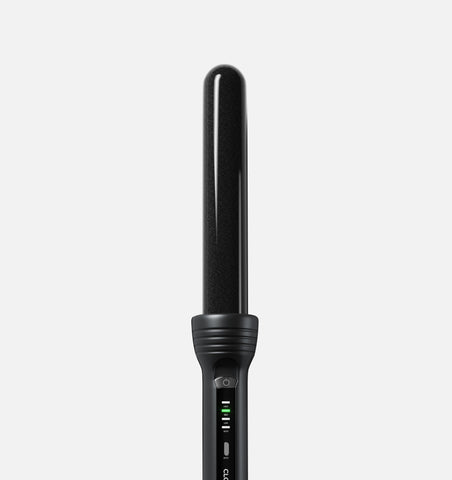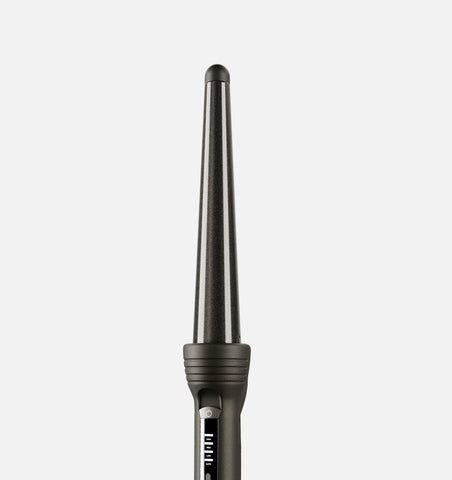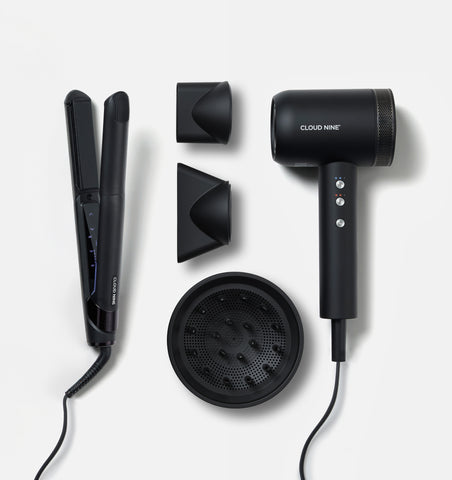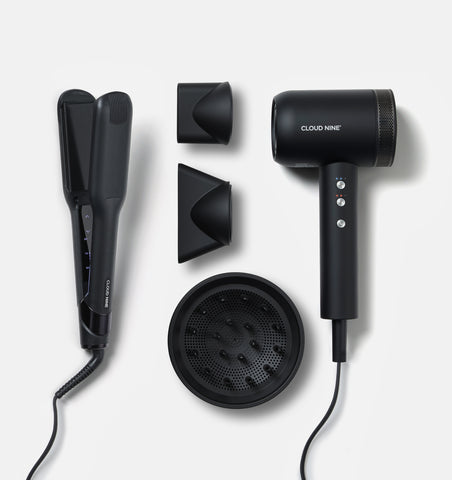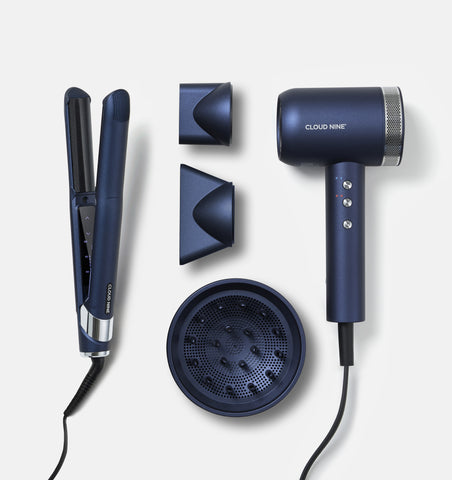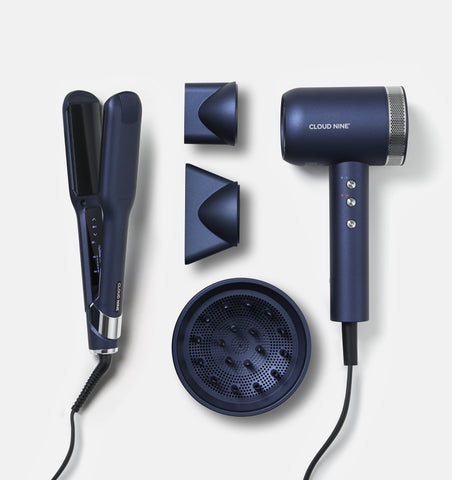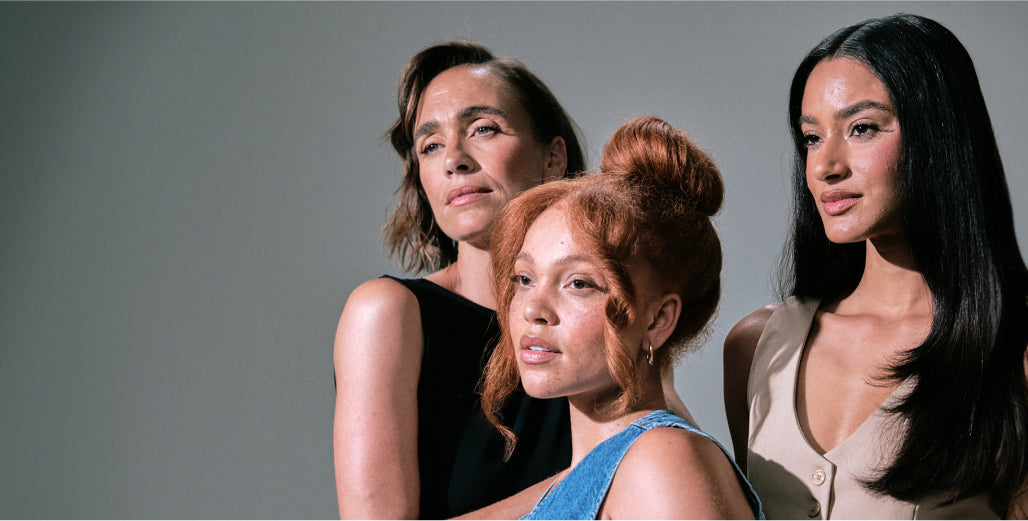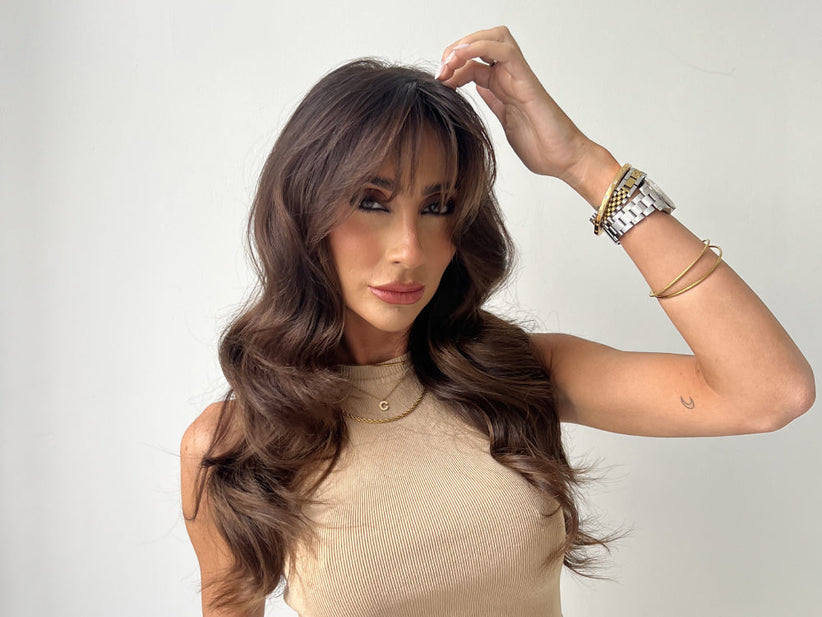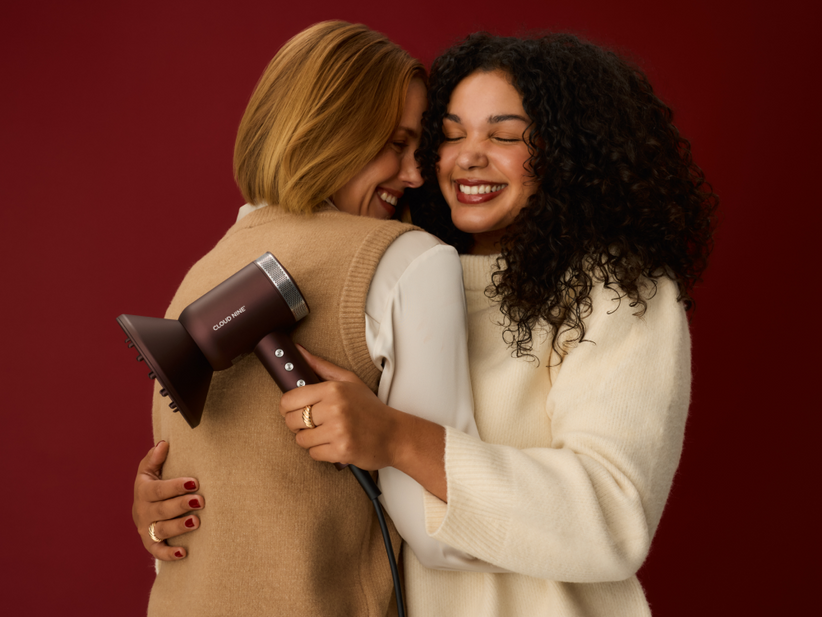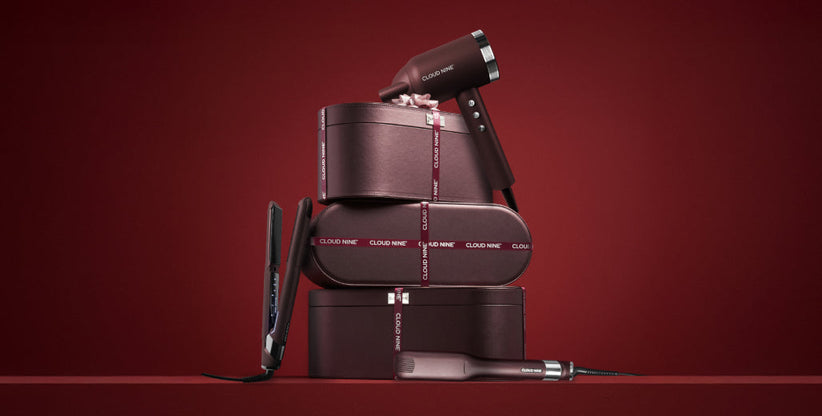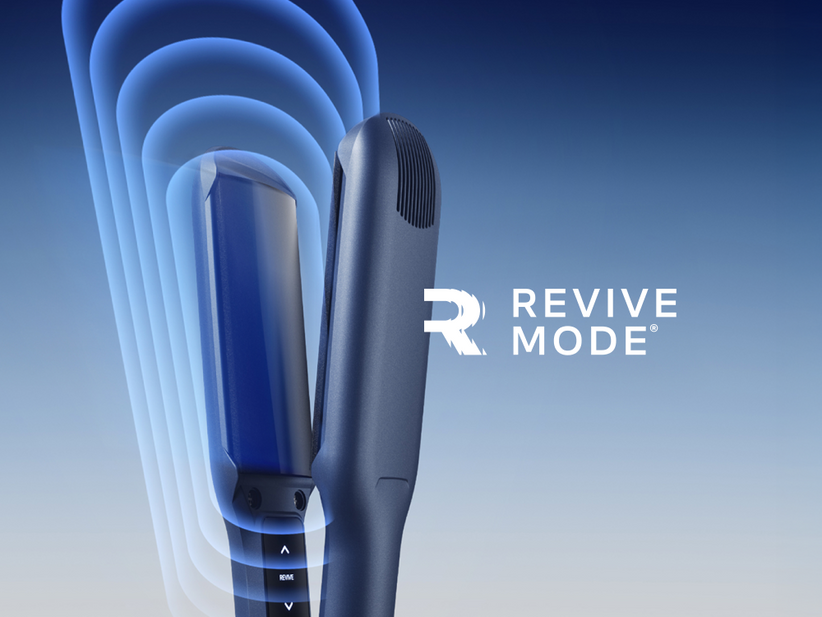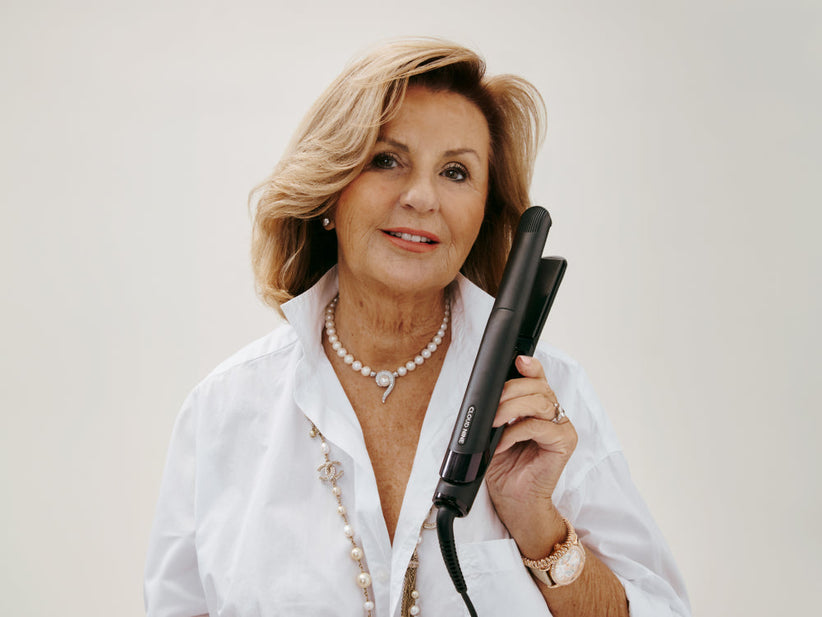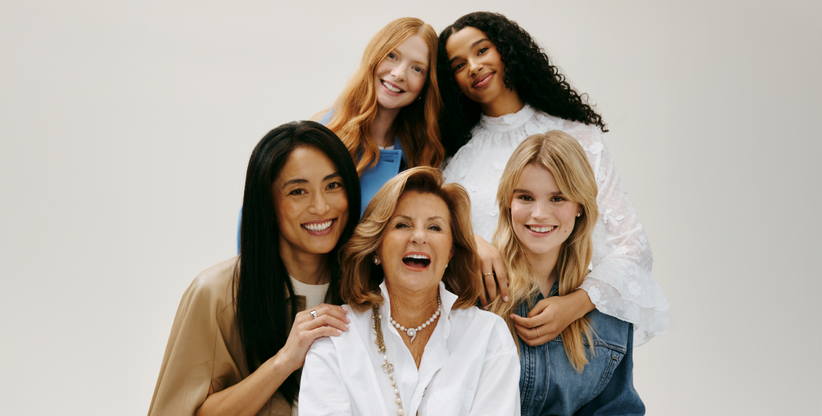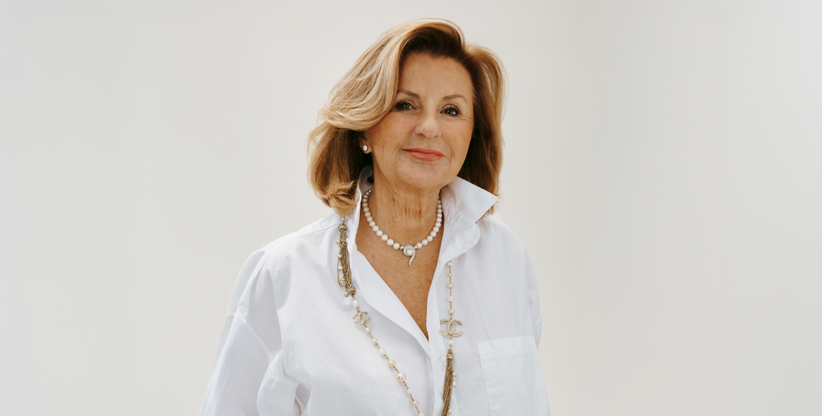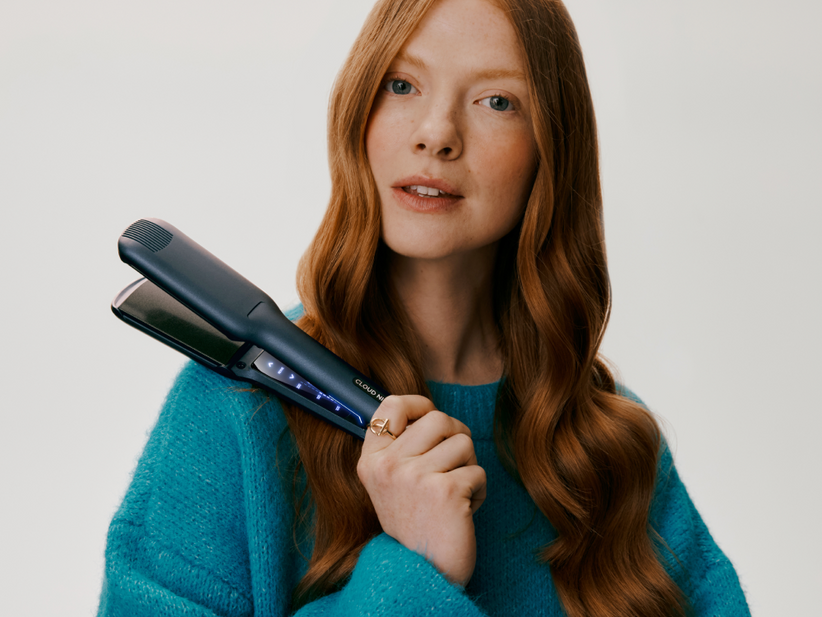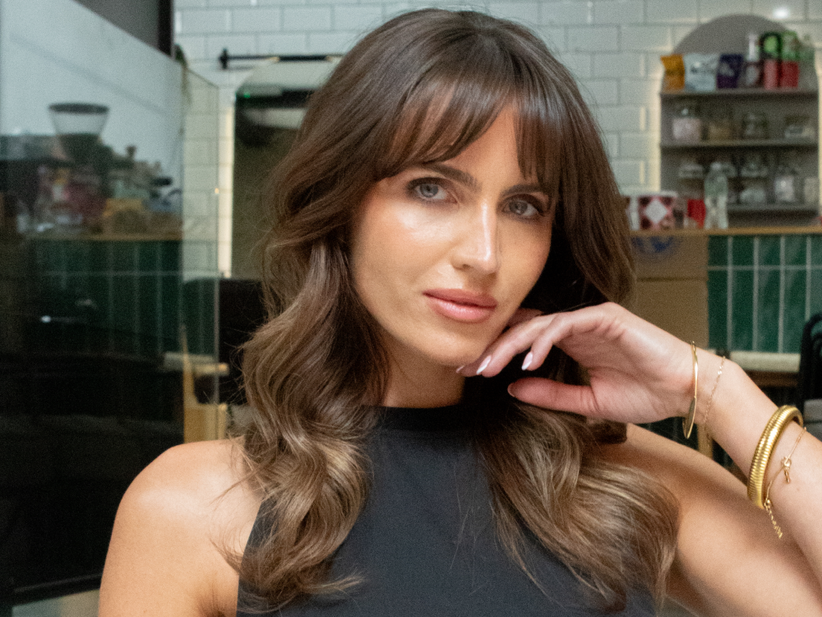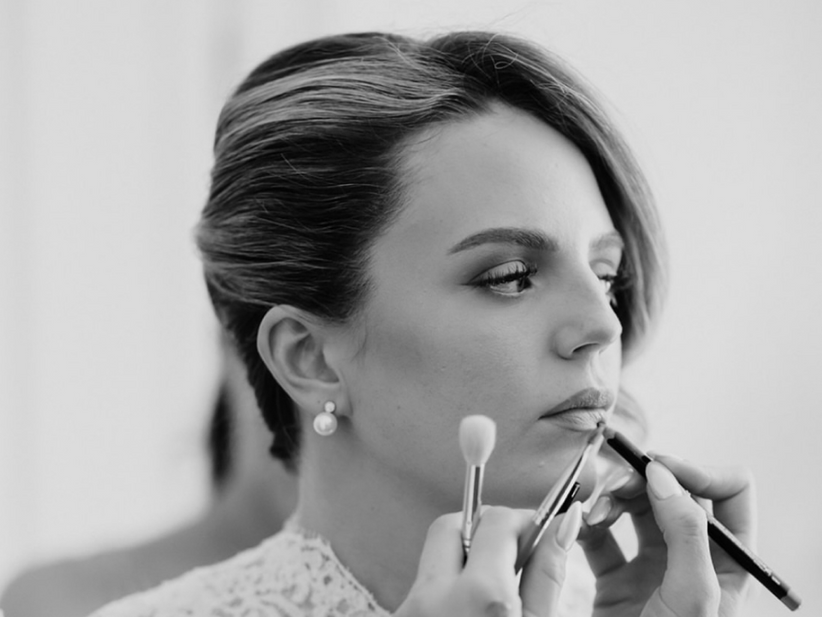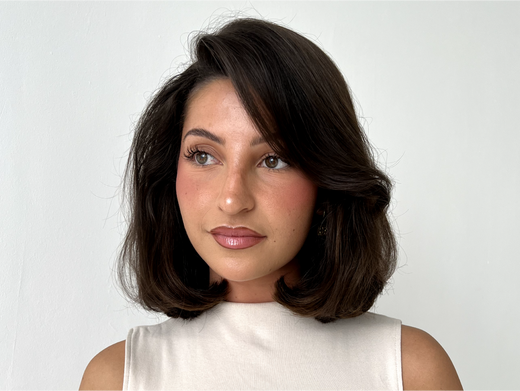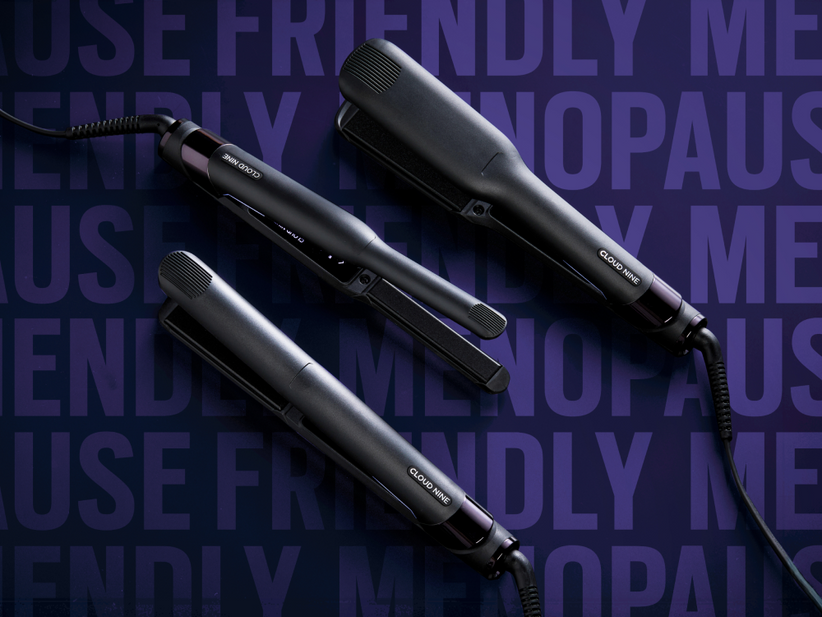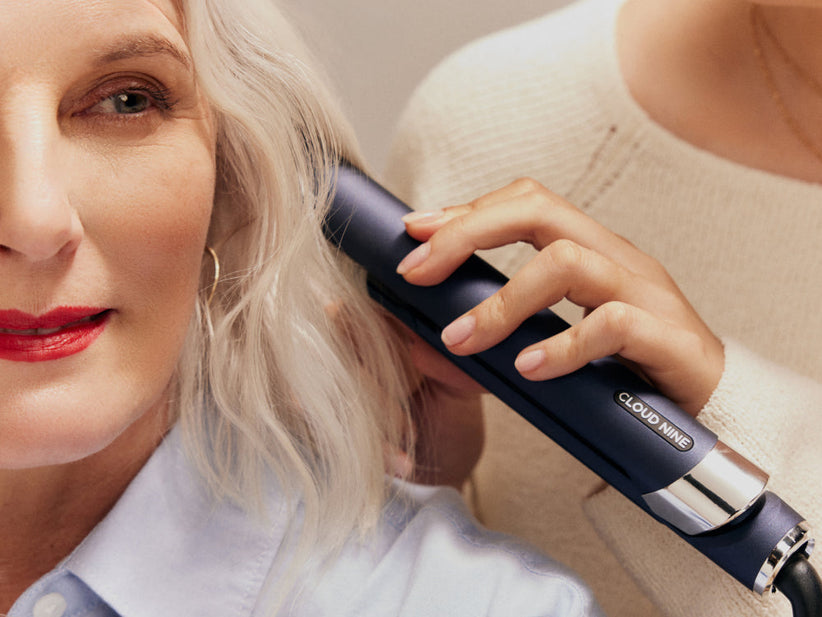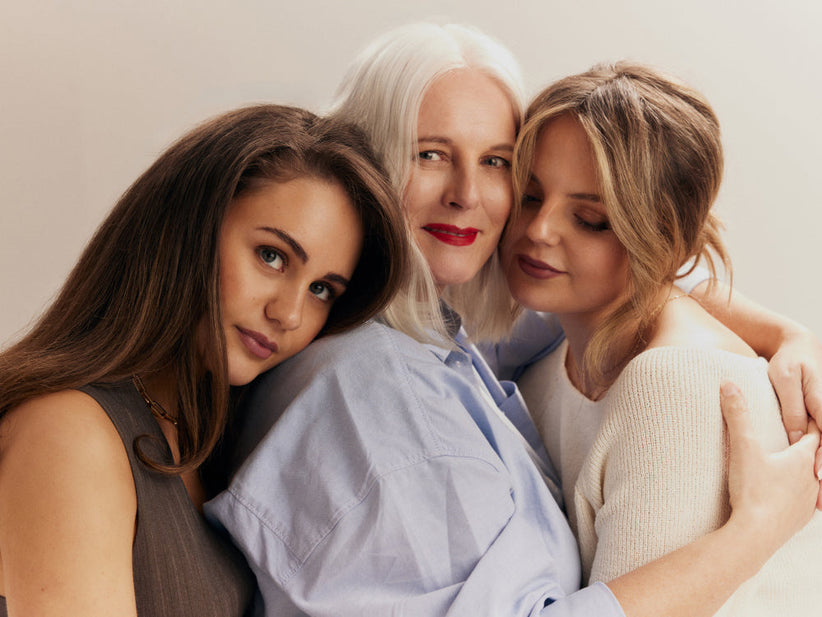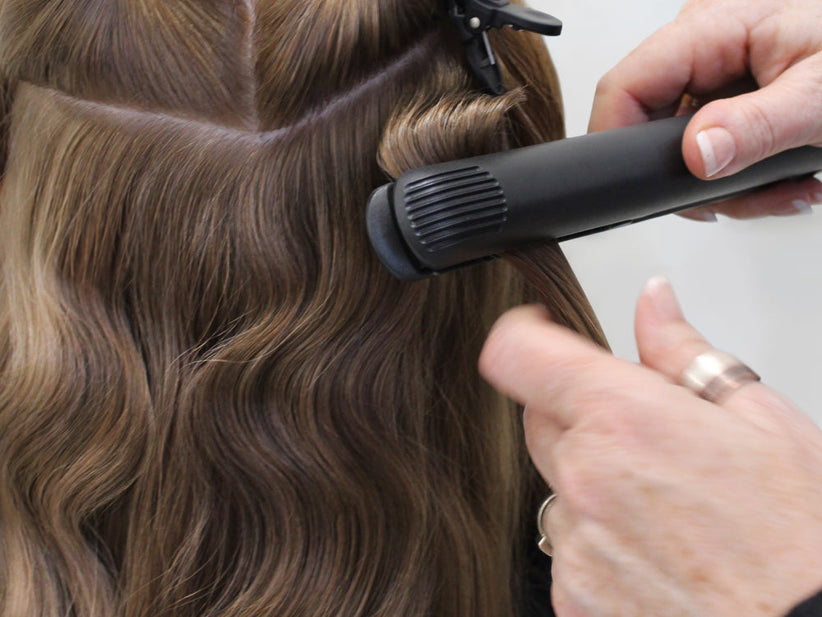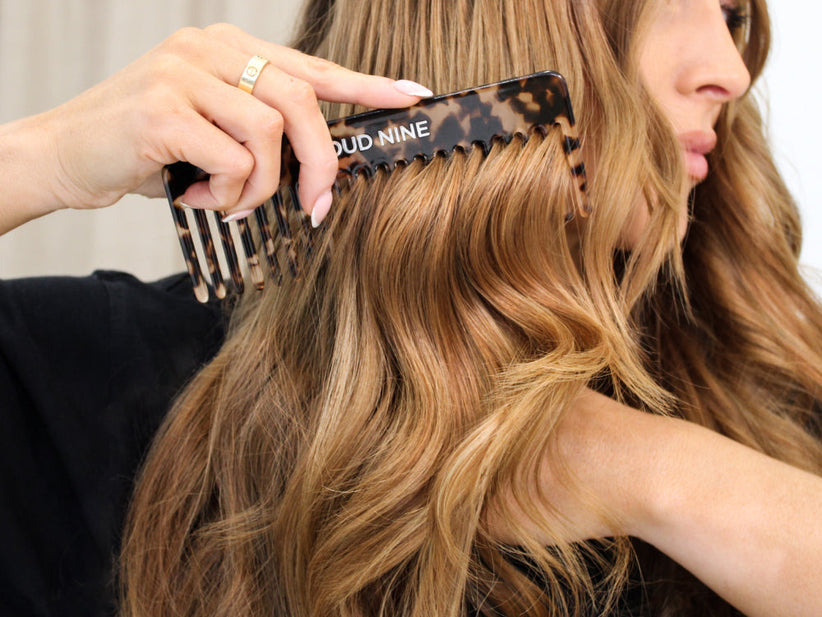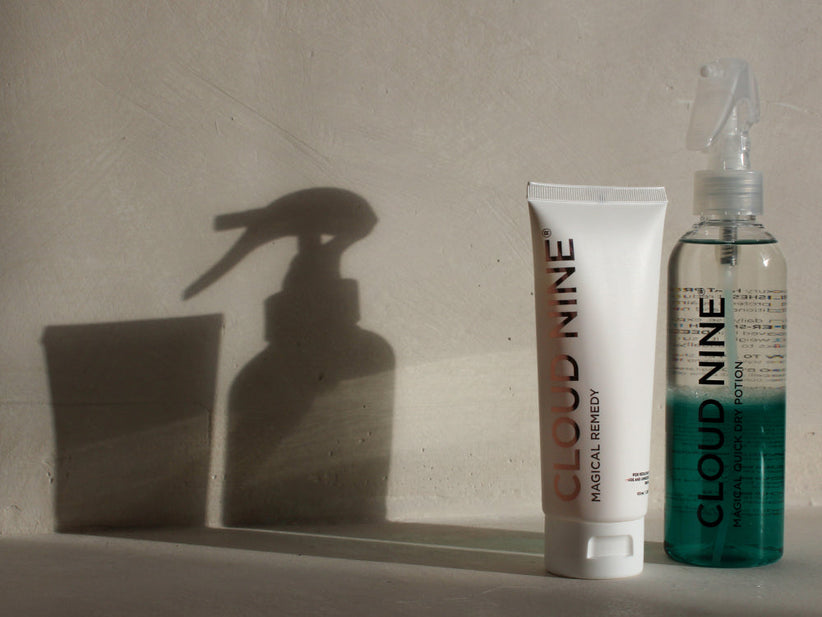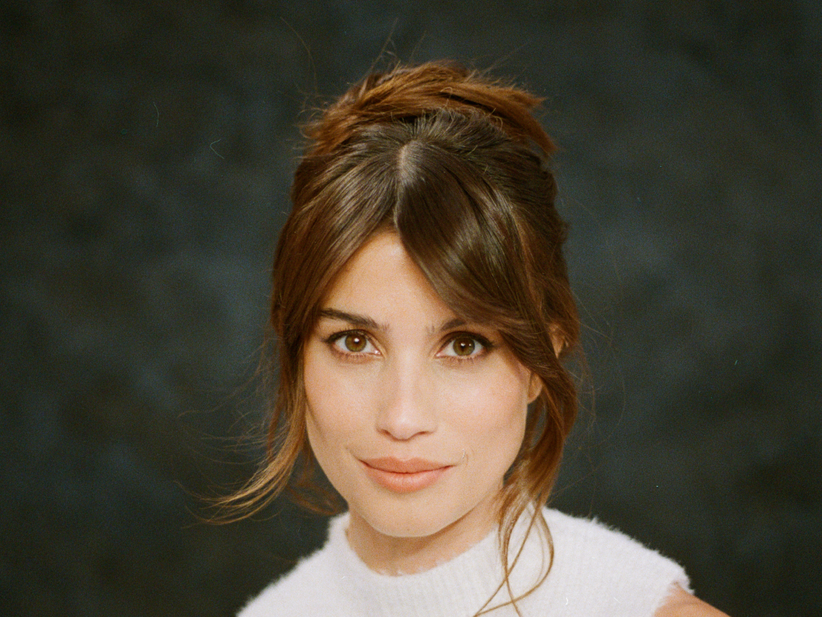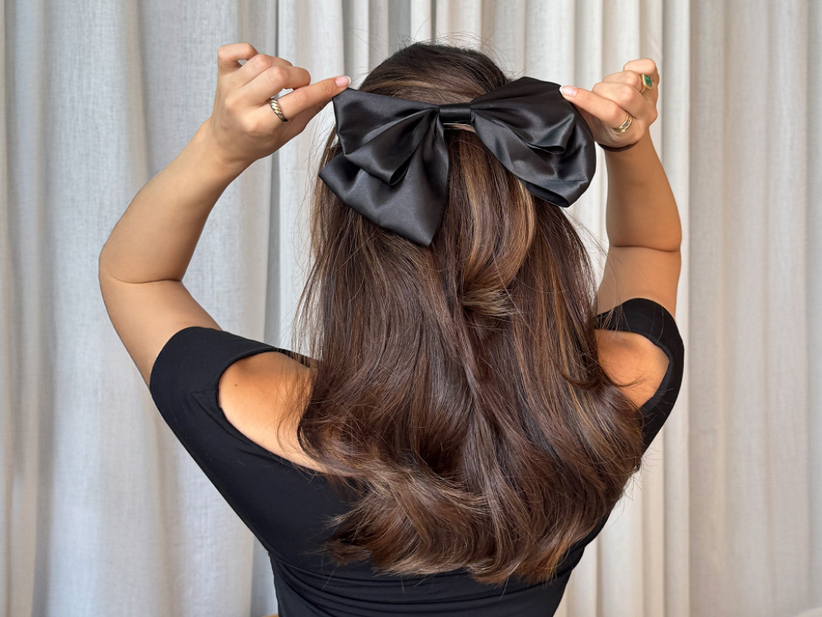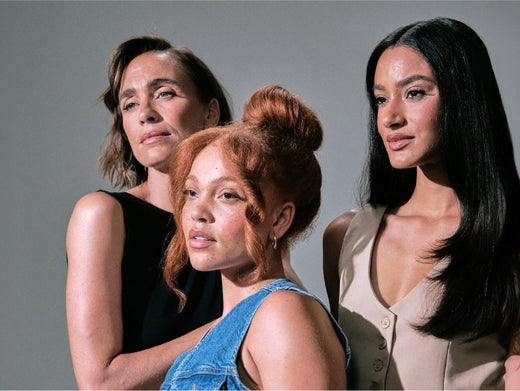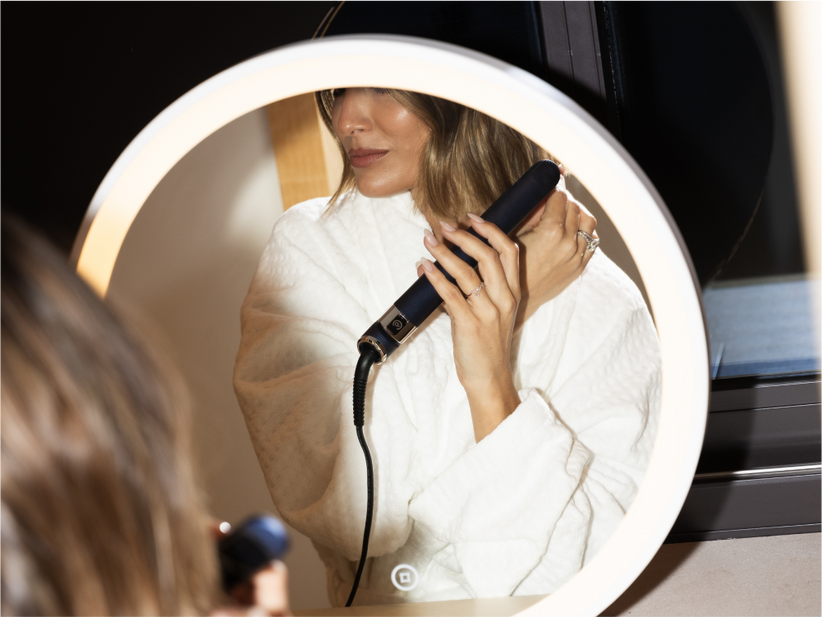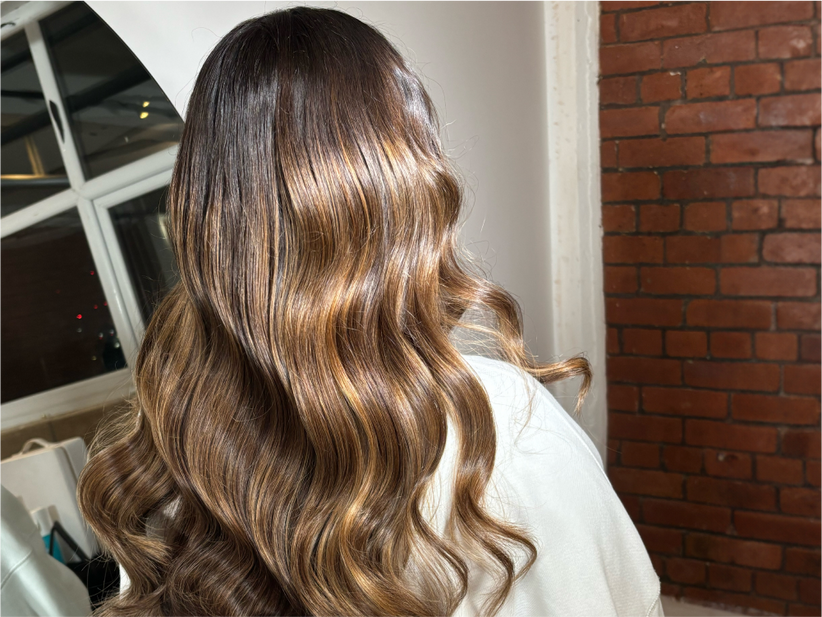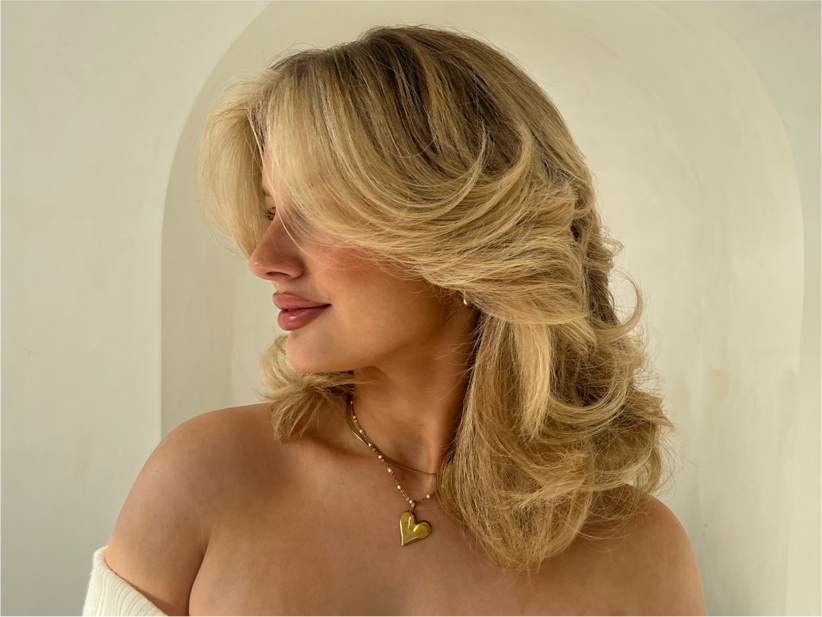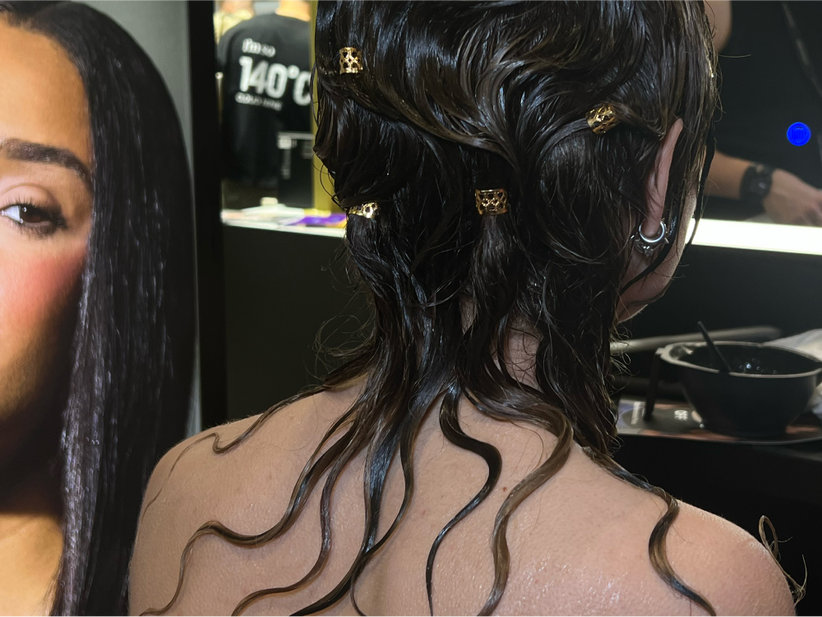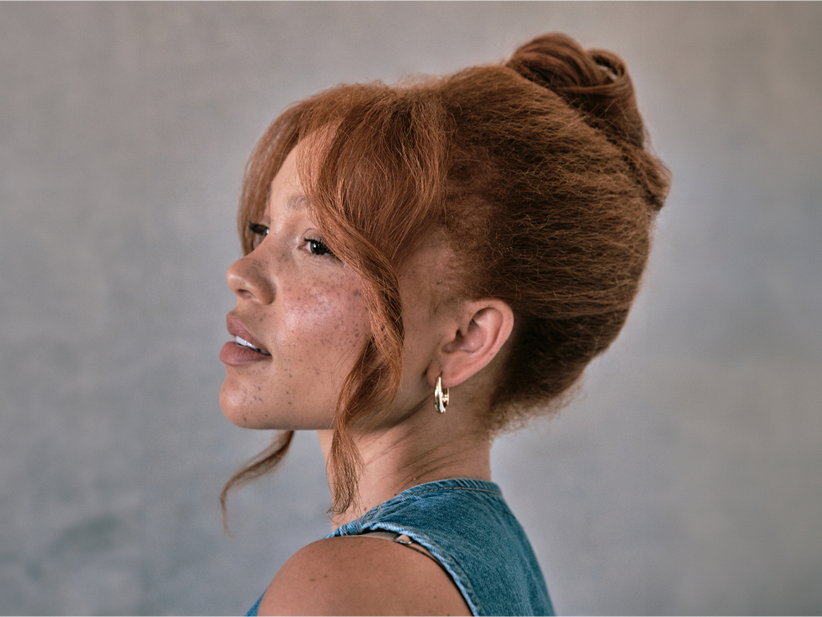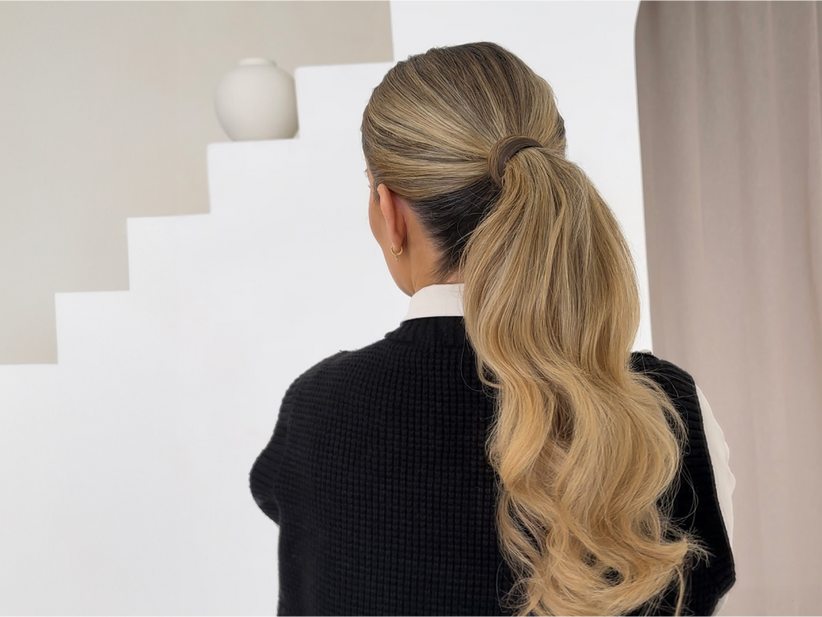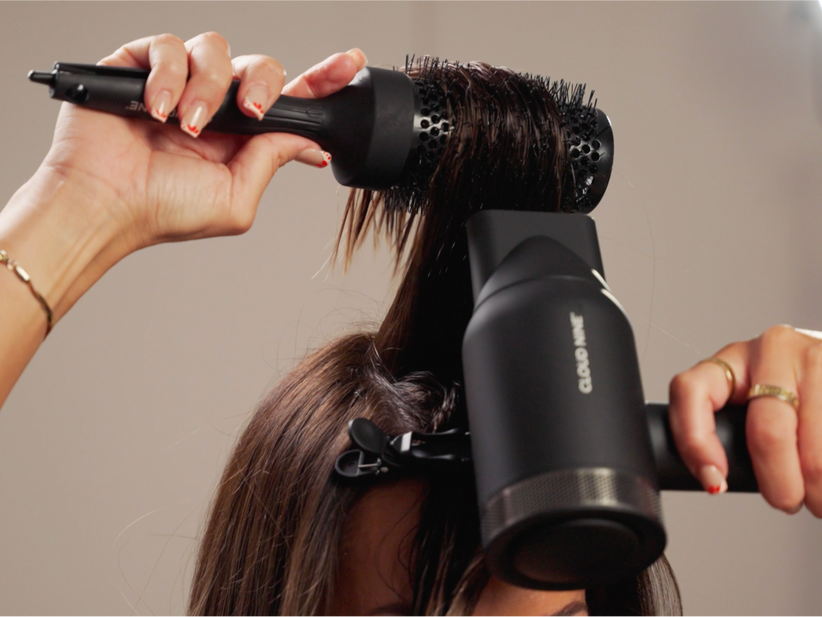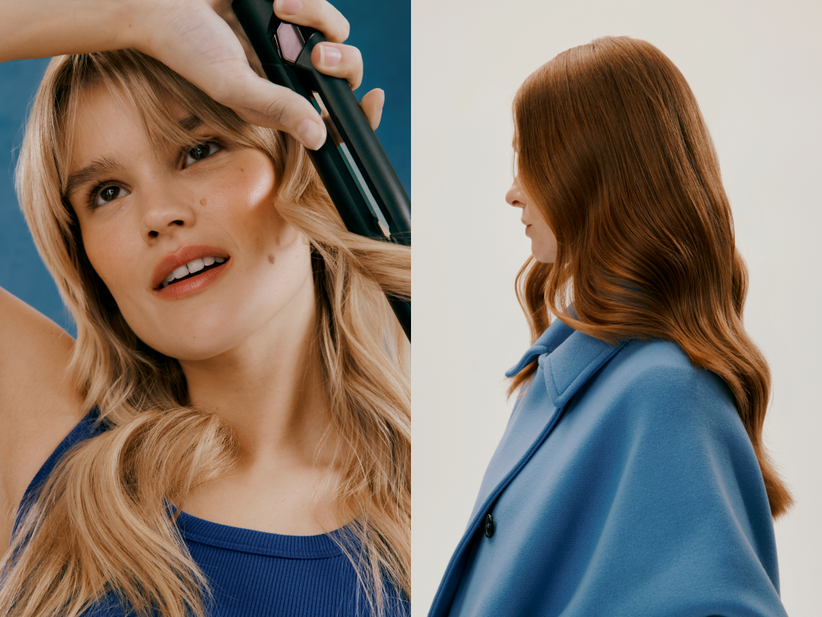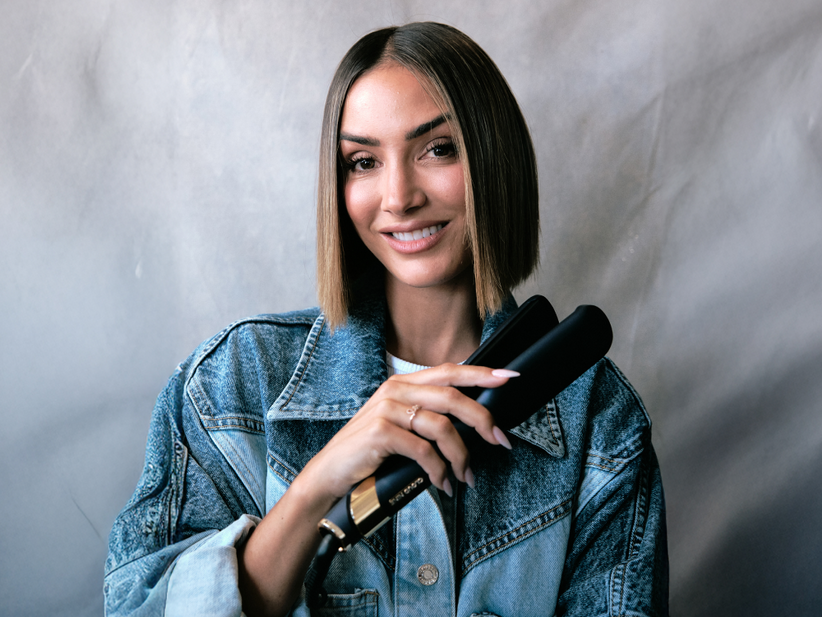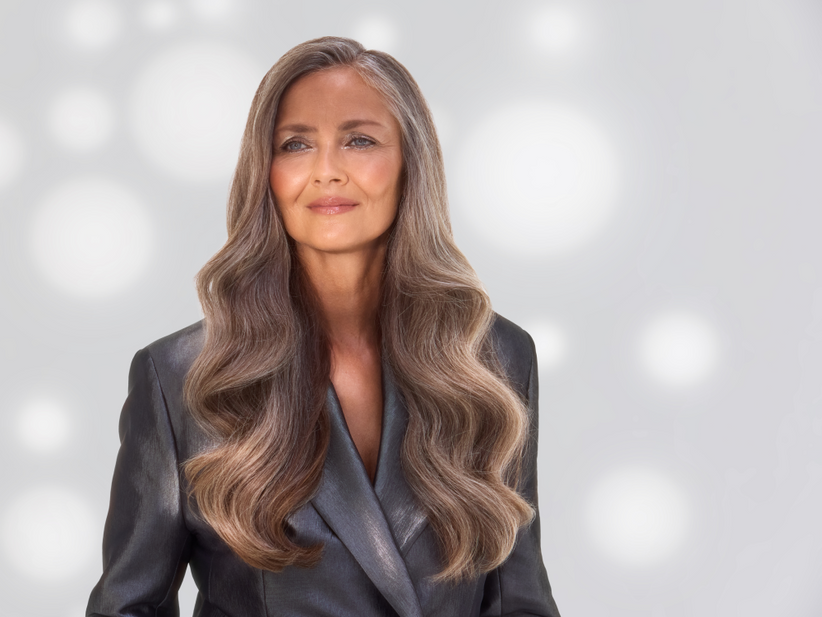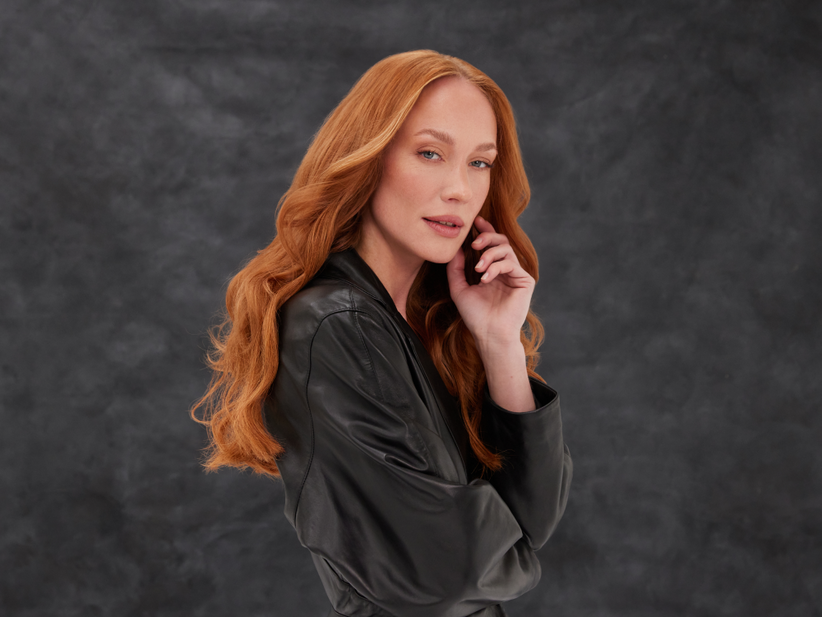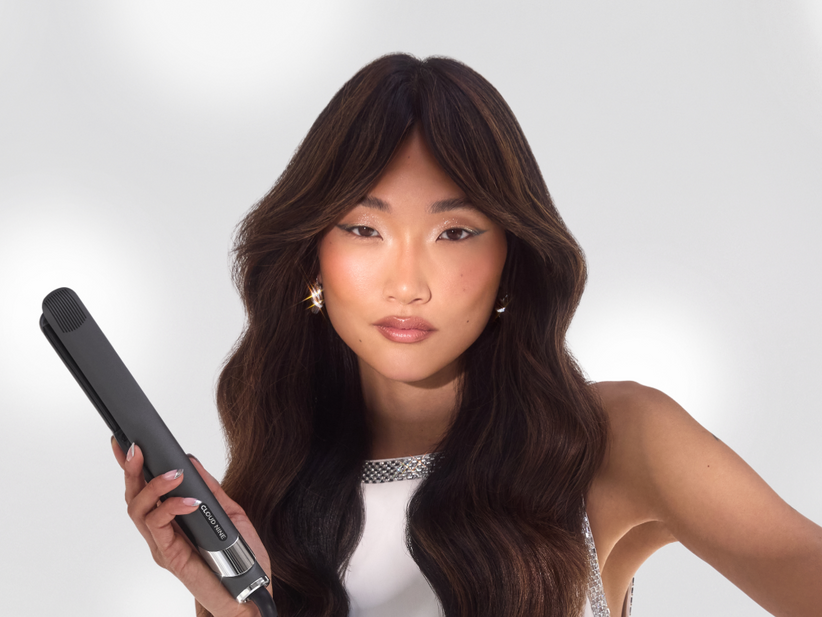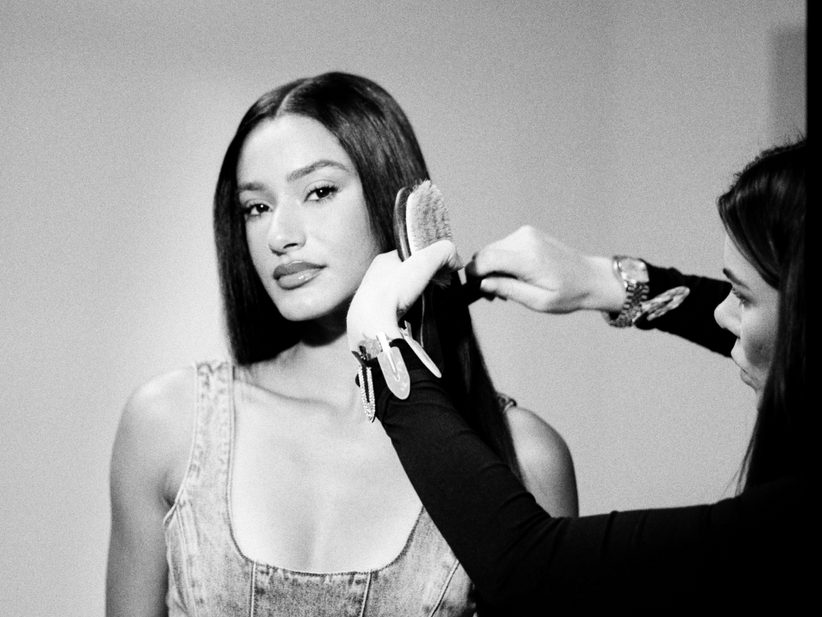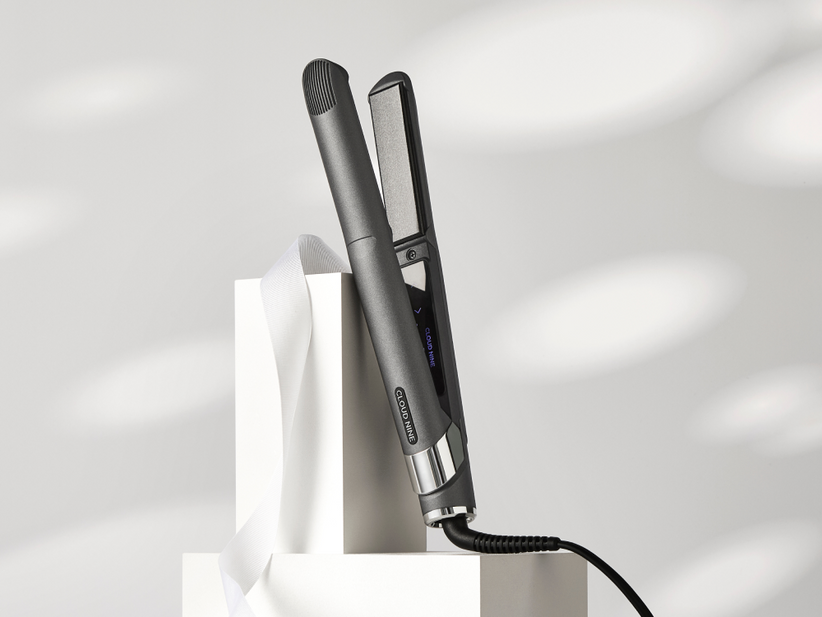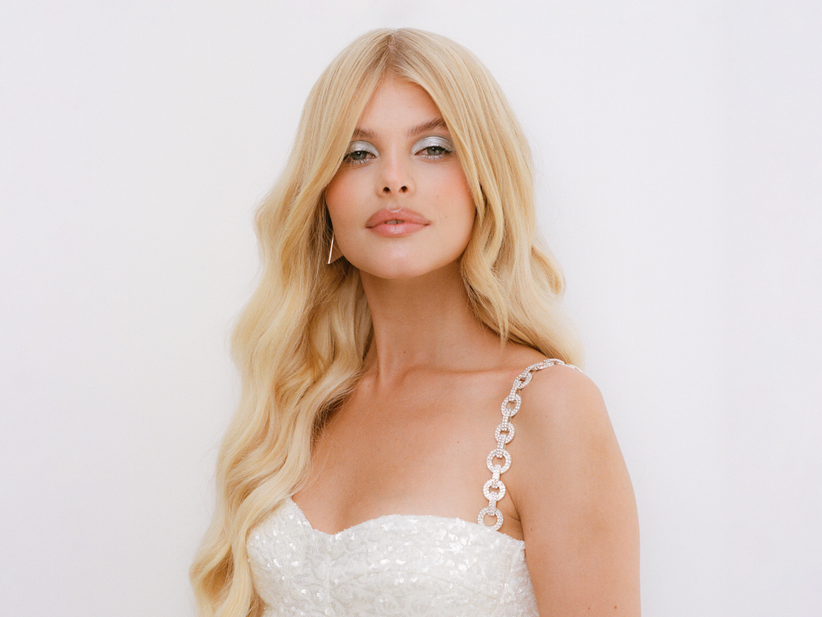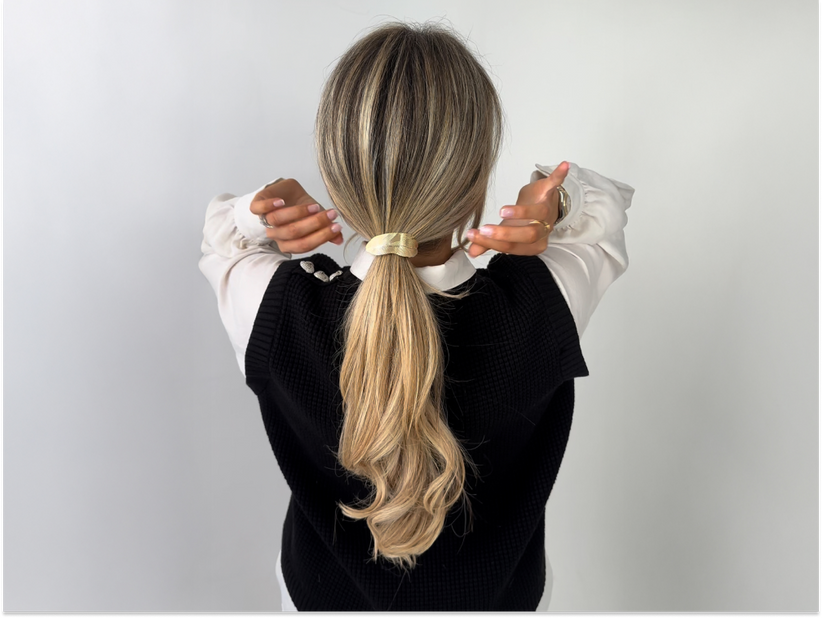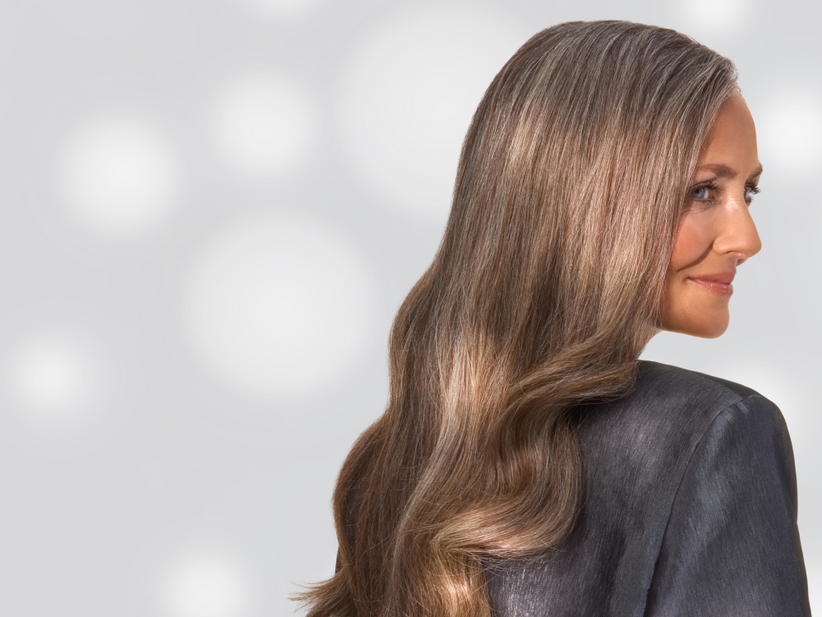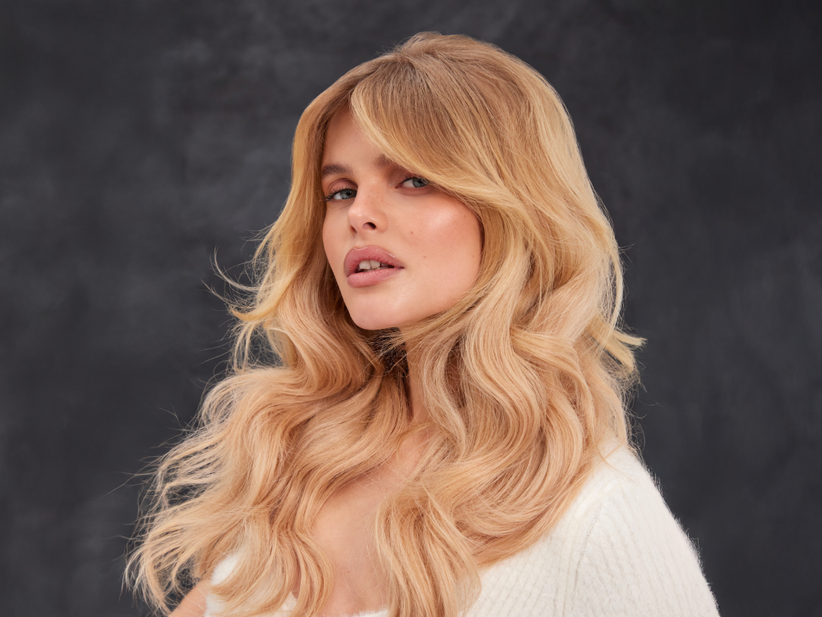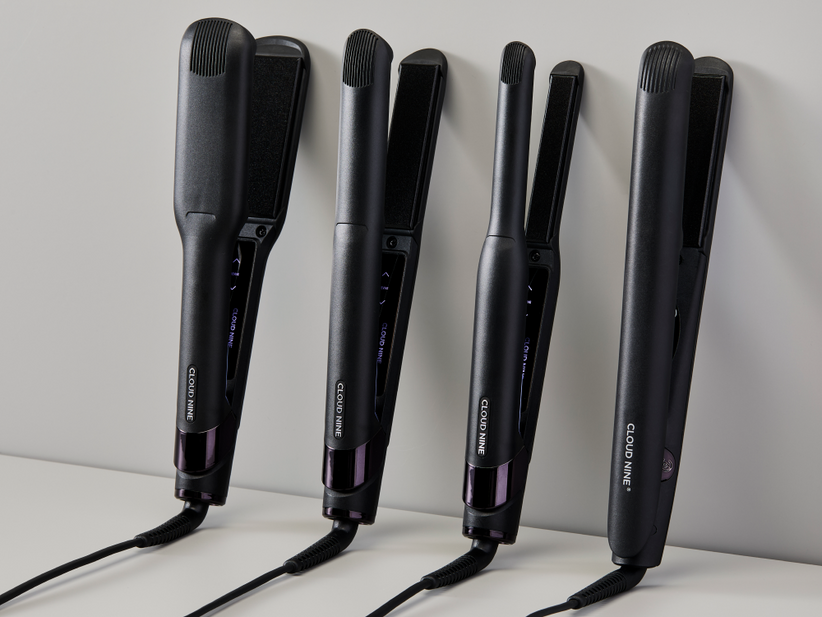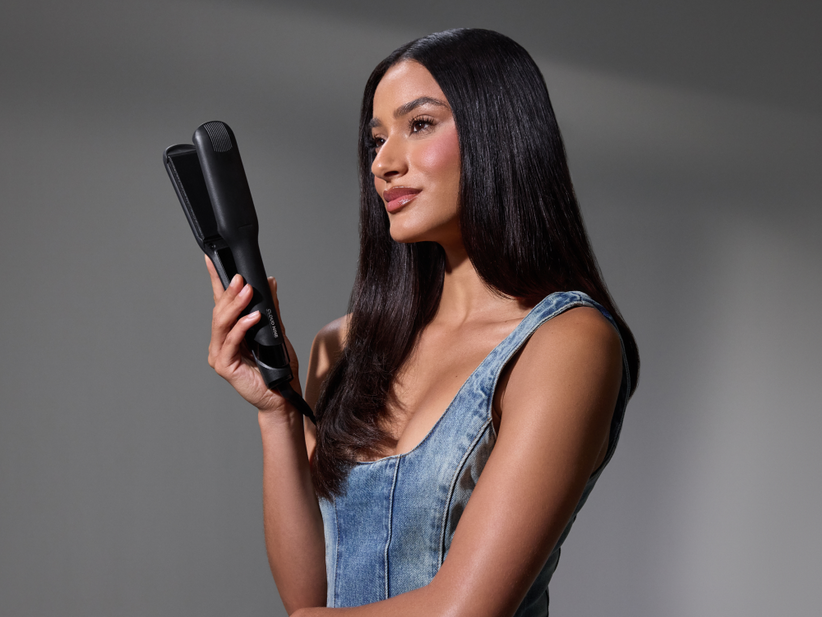Just like your skin and body, your hair changes as you age. Over time, you might notice changes in texture, thickness, or even how your hair reacts to styling – all of which can be impacted by things like stress, hormones, and your styling routine.
Whether you’re rocking your natural texture or styling it smooth, understanding what your hair needs at different life stages helps you keep it healthy and beautiful. And no matter how old you are, you need a healthy heat styling routine that works for your hair now – what worked in your twenties might not be the best approach later in life.
If showing your hair a little extra love this year is high on your self-care list, you’re in the right place. Keep reading for tips on how to take care of your hair at every stage of life.
How to Care for Hair During Puberty
Whether you’re curious about how puberty affects your hair, helping a teen through this stage, or just want to know more, this section is for you. During puberty, hormonal changes can cause sebaceous glands to become more active, leaving hair feeling oilier than usual. You might also notice changes in your hair’s curl pattern and texture. These changes are totally normal, and here’s how to handle them:
- Wash your hair to suit your hair type – Your hair type plays a big role in how often you wash it and which shampoos, conditioners, treatments, and styling products work best for you. Take a look at our Expert’s Guide to Finding Out Your Hair Types to discover the category your hair falls under. If you’ve got type 1 hair (straight), aim to shampoo and condition 3 or 4 times a week to keep things fresh. For type 2 hair (wavy), 2 to 3 times a week usually does the trick. Type 3 curls thrive with a gentler approach, so aim for 1 to 2 washes per week. And for type 4 hair (coily or kinky), a weekly shampoo and condition is all you need to keep your strands happy and healthy.
- Eat healthily – If you’ve got a teenager in your life, encourage healthy eating and drinking – a good mix of fruit and vegetables, starchy food, dairy, protein, and fats, paired with 6 to 8 cups of water daily. Read more about How to Nourish Your Hair from the Inside Out in our expert’s guide.
- Start a gentle haircare routine – The teen years are the perfect time to establish healthy hair habits. Start by discovering your ideal styling temperature with our Temperature Calculator, and make the most of heated styling tools that come with Variable Temperature Control. Our Original Iron is the perfect straightener for a teen starting out on their hairstyling journey.
Top tip: To manage oily hair, try using a clarifying shampoo every 2 to 3 days. On days in between, a dry shampoo is perfect for freshening up your roots without over-washing.
How to Care for Your Hair in Your Twenties
From hair dyes to heat styling and trying every new product under the sun, your twenties are all about trying different things with your hair. While it’s fun, all this experimentation can leave your hair dry, brittle, and prone to breakage if you’re not careful – especially if you’ve been styling at the wrong temperature for your hair type. Our top tips are:
- Style at your hair’s perfect temperature – Before you reach for your heated styling tools, find the ideal heat setting for your hair with our Temperature Calculator quiz, then adjust your straighteners or wand accordingly. Explore our collection of straighteners, all featuring Variable Temperature Control.
- Protect your hair – To shield your during heat styling, we recommend using a heat protectant like CLOUD NINE’s Magical Quick Dry Potion.
- Use a nutrient-rich conditioner – A great conditioner like Magical Remedy can make a world of difference to dry hair. Packed with natural oils, amino acids, keratin, and collagen, these ingredients help restore moisture, strengthen your hair, and keep it silky, smooth, and healthy.
How to Look After Your Hair in Your Thirties
Our thirties are a time of natural hair changes, with many of us noticing finer or thinner hair, or spotting the first few greys – all normal signs of ageing. For many women, this decade can also be a period of heightened stress from major life events like career shifts, moving homes, or starting a family, which can take a toll on hair and sometimes lead to noticeable shedding. On top of stress, the natural decline in hormones such as oestrogen and progesterone can also cause hair to lose some of its fullness and shine.
Keep on top of your hair health during this decade with our top tips:
- Drink plenty of water – As well as a healthy diet rich in protein, iron, and vitamins A and C, water is vital for maintaining your hair’s strength and volume. The NHS recommends drinking between 6 and 8 cups a day. Discover more about hair hydration in the CLOUD NINE 9-Day Detox series.
- Use a nourishing hair mask – Take time out of your busy routine to treat your hair to a hair mask like our Magical Remedy. This multi-use product works as a hair mask with a gorgeous scent, it can be washed-out or left in after shampooing.
- Make time for regular trims – It can be challenging to squeeze a hair appointment into a busy schedule, but regular trips to your hairdresser to trim split ends can help improve the overall condition of your hair. Plus, if you’re noticing any hair changes, your stylist can suggest treatments or even haircuts that could help. If you’re in between salon trips, check out our hairdresser-recommended styling tips in this Detox-Friendly Styles guide.
How to Care for Your Hair During Pregnancy
During pregnancy, rising oestrogen levels can do wonders for your hair, keeping it in the growth phase for longer to give it a fuller, thicker look. It’s a time when many women notice their hair feels healthier, with fewer strands falling out and more volume overall.
However, oestrogen levels drop a few months after giving birth, causing the hair you held onto during pregnancy to shed. This can feel like you're losing more hair than usual, but don’t worry – it’s completely natural. Once your hormone levels stabilise, the shedding will slow down, and your hair will usually return to its normal cycle.
Here are our tips for supporting your hair during pregnancy:
- Eat a healthy diet – Make sure your main meals and snacks are a mix of protein, iron, and vitamin A – lean meats, fish, leafy greens, and sweet potatoes are all great food choices for expectant mums.
- Style your hair at the right temperature for your hair type – To protect your hair during pregnancy and beyond, make sure you’re using the right styling temperature for your hair. Even if you’ve already completed the Temperature Calculator quiz, it’s a good idea to retake it if you’ve noticed some hair changes during pregnancy. Once you know your hair’s ideal heat, simply adjust your hair styling tools accordingly.
- Choose straighteners with Variable Temperature Control – If your straighteners only have one temperature setting, it could be time to treat your hair to straighteners with adjustable heat settings – explore our collection of straighteners, all featuring Variable Temperature Control.
Haircare Tips for Postpartum Hair
A few months after childbirth, many new mums experience noticeable hair shedding, thanks to a drop in oestrogen levels. While it can be alarming to see extra hair in your hairbrush, this shedding is totally normal and temporary. As your hormones rebalance, your hair will return to its regular growth cycle. In the meantime, we recommend:
- Focus on nourishing your body – A balanced diet full of iron, vitamin B12, and zinc – found in foods like red meat, eggs, leafy greens, and nuts – can help boost hair growth during the postpartum stage.
- Brush your hair gently – Be kind to your hair by brushing gently with the Luxury Dressing Brush to minimise breakage and maximise shine, and use a Wet Hairbrush on wet hair to minimise damage.
- Style with silk – Use a silk scrunchie to tie your hair back for an easy, snag-free way to keep your hair away from your face when caring for a new arrival.
How to Care for Perimenopausal Hair
Perimenopause is that stage of life when your body starts giving you little hints that menopause is around the corner. It usually begins in your 40s, sometimes as early as 40, and can last for several years. During perimenopause, your hormones start to fluctuate, and you can experience symptoms like hot flushes, headaches, and hair loss. As your oestrogen levels drop, your hair spends less time in its growth phase which can lead to thinner strands and more shedding, especially around the crown and sides.
Your hair texture might start to change too – some women report their hair feeling finer, or even drier and more brittle. Haircare during perimenopause should be gentle with a focus on nourishment to keep your hair strong and healthy. Here’s how:
- Style at the right temperature for your hair type – If you’ve noticed some hair changes during perimenopause, it’s important to go easy on your hair. Take our Temperature Calculator quiz to work out the ideal temperature to set your straighteners or curling wand to.
- Always apply a heat protectant – Before styling, we recommend using a heat protectant like Magical Quick Dry Potion to shield your hair from heat damage – especially important while your hair is undergoing some perimenopausal changes.
- Keep your diet rich in nutrients – Make sure you’re eating enough iron and protein, which help keep your hair strong and healthy.
Head to our guide on How to Nourish Your Hair from the Inside Out for more advice on maintaining a healthy diet for healthy hair.
How to Care for Hair in Menopause
Menopause, usually between 45 and 55, can bring changes to your hair, but you’re not alone. As oestrogen levels naturally drop, hair growth may slow down, and shedding can become more noticeable. Many women notice some thinning at the temples, crown, or along the parting, but there are plenty of ways to manage these changes and keep your hair looking its best Read our guide to Menopausal Hair Loss and What You Can Do About It.
And it’s not just about shedding hair – your hair’s texture might change too. Some women notice their hair becomes dry and brittle, while others find it’s greasier. You may also seemore grey hairs, which can feel coarser or more wiry than your natural colour.
All of these changes are completely natural and often temporary. Some women even find their hair becomes thicker and stronger again about 18 months to 2 years after menopause, once things start to settle down. Here’s how to keep your hair happy and healthy during this time:
- Use a gentle styling routine – Start by making sure you’re using the right temperature for your menopausal hair – simply head to our Temperature Calculator to find out, then adjust your styling tools to suit.
- Switch to a heated styling tool with Variable Temperature Control – Now’s the perfect time to switch to a heated styling tool with Variable Temperature Control, like our 2-in-1 Contouring Iron Pro. Its curved ceramic plates come with Revive ModeTM which uses Axial VibrationTM technology to help you easily and gently straighten and curl your hair – perfect for trying out different looks during menopause.
- Go with the flow – It can be easier said than done, but embracing the changes in your hair can help you feel more confident. Perhaps you’d like to grow out your greys or try a new haircut to disguise thinning – check out our guide to 10 Gorgeous Haircuts for Menopausal Hair.
How to Manage Hair Changes Caused by Medical Conditions
Sometimes, sudden hair changes can be a result of underlying health conditions like thyroid disorders, anaemia, autoimmune diseases, or cancer treatments like chemotherapy. These issues can cause hair thinning, shedding, or texture changes. If you’re noticing unexplained changes, it’s best to talk to your doctor to uncover the root cause.
If you’re experiencing health-related hair changes, we recommend these tips to get you through:
- Use nourishing shampoos and conditioners – Products with natural ingredients like keratin or biotin are excellent for strengthening and hydrating your hair. If your hair’s feeling a bit fragile or brittle because of a medical condition or treatment, these ingredients can really help it bounce back.
- Dial down the temperature on your heated styling tools – To find out the perfect heat setting for your hair type, check out our Temperature Calculator. By answering a few simple questions about your hair’s colour, texture, and condition, you can make sure you’re styling your hair in the gentlest possible way.
- Take care of yourself – Supporting your hair health starts with a balanced diet, staying hydrated, and embracing a gentle haircare routine. If you can, pair these with stress-busting activities like exercise or hobbies you enjoy.
If you’ve noticed changes in your hair’s texture or condition, retake our Temperature Calculator quiz to ensure you’re styling your hair at the perfect temperature for today.
Head to our Healthy Hair Hub for more information and advice on how to care for and style your hair – whatever your life stage.
We’d love to hear from you on our socials: TikTok, Instagram and Facebook.
